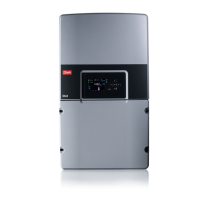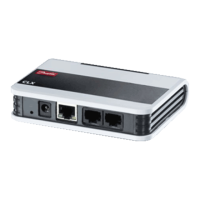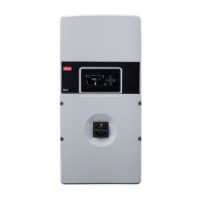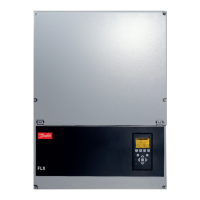MG.20.B6.02 – VLT is a registered Danfoss trademark
VLT
®
2000 Series
24
How the VLT works
Factory-programmed optimization
VLT Series 2000 has dynamic adaptation of the
motor voltage and frequency. This ensures
correct magnetisation of the motor, thus
providing optimum dynamics, accuracy or efficiency.
VLT has been designed for operation of the most
common types of motors and loads.
Once parameters 103,104, 105, 107 and 108 have
been set according to the motor type plate, your
motor operation will be optimum in most cases.
Individual adaptation of VLT and motor is done via
parameters 109-112.
Start voltage
increases the motor voltage at a given frequency. This
increases the motor magnetization. The motor can yield
a higher torque, but the disadvantage is that the motor
losses are increased too. The result is a higher motor
temperature. Excessive start voltage can cause a trip
(cut-out).
Start compensation
changes the motor voltage as a function of the load.
The voltage will increase with higher motor current.
Over-compensation will overheat the motor and give
the risk of instability and can cause trip (cut-out). As
the name indicates, the function is most effective at
low motor speed.
U/f ratio
This describes the pre-programmed U/f characteristics
which indicate the relation between motor voltage (U)
and frequency (f).
The U/f ratio can be adjusted to ensure correct
excitation of the motor, thereby helping to
obtain optimal dynamism, accuracy or efficiency.
Slip compensation
adds both frequency and voltage and compensates for
the varying slip at varying load so that the motor speed
is kept constant at varying load. Over-compensation
may make the speed increase at increasing load. This
means motor overload and risk of unstable motor
operation.
Constant torque CT
Par. 104 = Rated motor voltage
Par. 105 = Rated motor frequency
Par. 107 = Rated motor current
Par. 108 = Motor no-load current
Par. 109 = Start voltage
Par. 110 = Start compensation
Par. 111 = U/f ratio
Par. 112 = Slip compensation
■
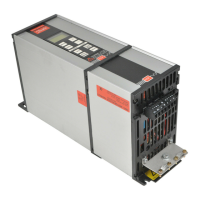
